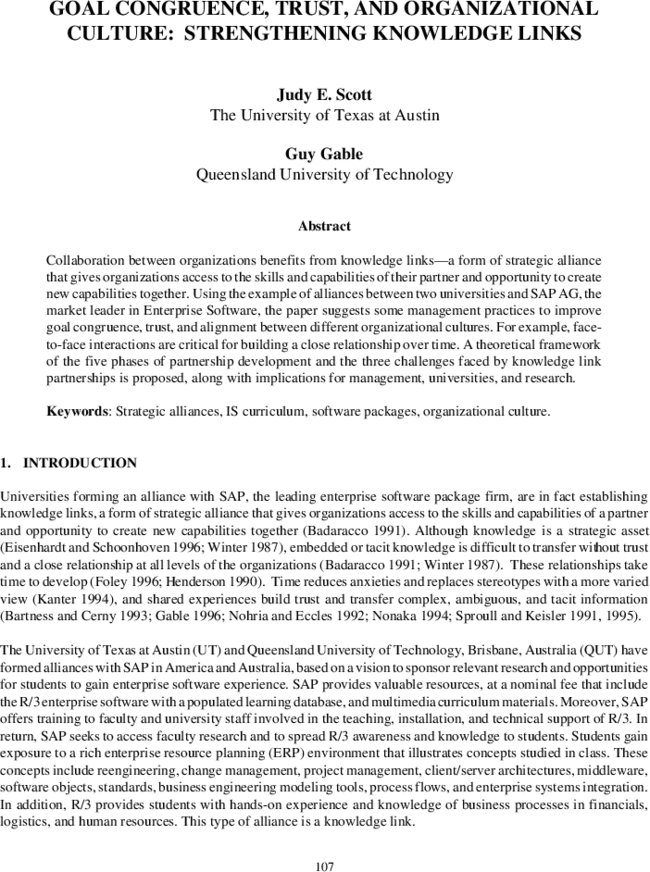Cited By
View all- Im M(2011)Critical factors in collaborative software development in supply chain managementInternational Journal of Information Technology and Management10.1504/IJITM.2011.04258910:2/3/4(233-246)Online publication date: 1-Sep-2011
- Klaus HRosemann MGable G(2000)What is ERP?Information Systems Frontiers10.1023/A:10265439063542:2(141-162)Online publication date: 1-Aug-2000


